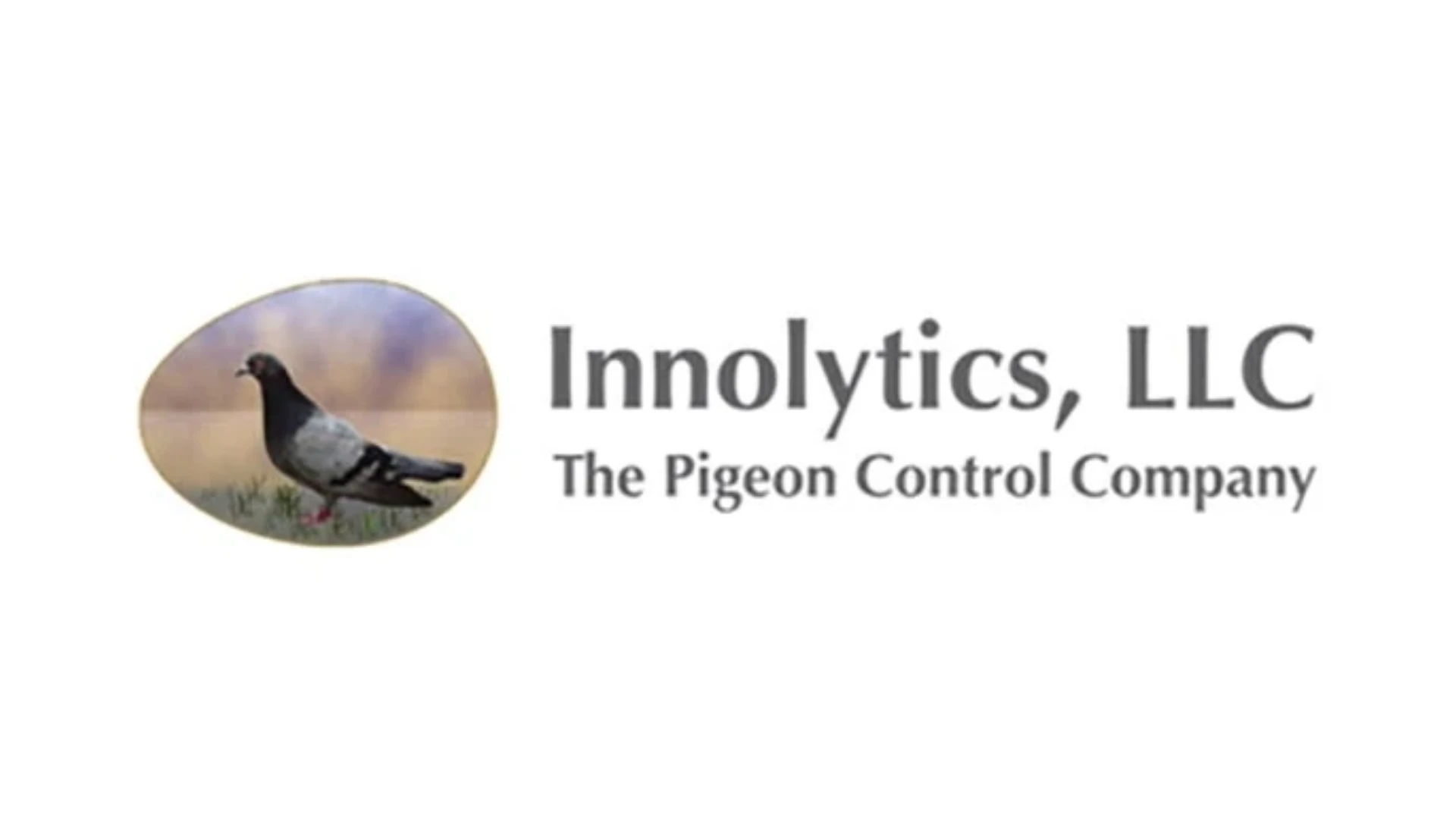ype "toxic mold" into a search engine on the Internet and you will find tens of thousands of Web sites that use the term. Hardly a day goes by without some sensational media event related to toxic mold. Starting with a $33 million judgment against a homeowner’s insurance company, the mold issue has caused a domino effect leading to restricted insurance coverages and has cost the public untold dollars. Just in case the public was losing interest, Ed McMahon has weighed in expressing concern about the health effects of mold after a plumbing leak in his house led to mold growth. McMahon later sued the insurance company for $20 million. Molds have gotten so much attention that some homeowners have reportedly tried to grow mold so that they can file a claim against their insurance company.
Where do we stand today? The $33 million judgment has been reduced to just more than $9 million (which is still quite a sum). McMahon was awarded $7.2 million for his suit. State investigative agencies have filed charges against homeowners who have intentionally flooded their homes hoping to grow mold to fraudulently collect insurance dollars. These events might give one a reason to believe that the tide has turned and that there is no issue affecting our industry. While it is true that the sensational part of the mold crisis has perhaps quieted down, at least temporarily, a cottage industry of mold litigators has blossomed, even going so far as to hold seminars called "Mold is Gold" to teach how to sue in mold cases. Meanwhile, our industry has been numbed by so many crises that mold initially did not really get the attention it deserved.
SO MANY MOLDS. Molds are virtually everywhere. In fact, in 2002, the Centers for Disease Control and Prevention reported that there are between 50,000 and 250,000 species of mold. Of these, perhaps 200 species may produce toxins that cause reactions in humans. Further, many more mold species by nature of their spores may lead to exposure reaction in people. Early on, the buzz was just about the "toxic" mold stachybotrys chartarum (atra). Today, the mold issue has evolved to de-emphasize stachybotrys chartarum (atra) as the sole mold of concern but has expanded to all molds. CDC and EPA agree that there have been no documented clinical cases where exposure to mold has led to chronic health consequences but that has not stopped lawsuits. One thing biologists, hygienists, engineers, and government entities can agree on — mold requires free moisture and will grow in as little as 24 to 48 hours given the right conditions.
TAKING ACTION. Attorneys friendly to our industry have long raised concerns about this issue. Insurers of pest control companies have made it clear that there will be exclusions for mold-related claims in future insurance policies. Professionals have clear financial exposure when inspecting structures not only for wood-destroying organisms but also for general pests. The situation worsened and confusion in the industry was the norm. This spring, however, NPMA appointed a special group to evaluate the mold issue and to provide guidance to the industry. This issue affects everyone in the industry and rising insurance rates affect all companies so NPMA has released the guidance to not only its members, but to all in the industry.
Most people are in business to make a living but in making a living we are also helping the customer. Simple blanket disclaimers and denial of any involvement do not maximize our value in the eyes of the consumer. With that in mind, NPMA’s guidance protects the company while keeping a watchful eye on the interests of the customer. There are several key points and positions that will meet the needs of the company and the customer.
1. Mold is not a wood-destroying organism. There is no scientific proof that any of the molds in question are wood-destroying organisms. NPMA historically has listed WDO as brown and white fungus, in addition to the published list of insects. The NPCA-1, used in 38 states, clearly lists the insects and the remaining states usually list the scope of the inspections in regulation. The U.S. Forest Products Laboratory has published information agreeing that molds are not by definition wood-destroying organisms. As an industry we must continue to make sure that we do not get pushed to the point where "WDO" is redefined to include molds.
2. Molds are not conditions conducive to infestation by pests. Moisture, not mold, is a condition that leads to infestation by wood- destroying insects and general pests. Companies should review policies and determine whether conditions conducive will be reported not only for WDI but also for general pests. All technicians should use the same standard for reporting.
3. Companies may want to reduce chances of introducing molds into occupied spaces including areas where technicians work. If there is any concern about moving mold spores in the course of inspections or work, companies may decide to close down air handlers that may draw in air to occupied areas. In crawlspaces, a negative pressure may be considered by the use of fans. Also, if the technician feels that respiratory protection is required due to potential mold, N-95 or better respirators may be used. These are usually more comfortable than HEPA. Note that the N-95 is for particulates and must not be used in place of an organic vapor respirator during pesticide use where a respirator is required.
4. Disclaimers and disclosures are appropriate. Customers can be informed on the scope and limitations of work performed by using clear disclaimers and disclosures. Any disclaimer should be reviewed prior to use by an attorney familiar with the particular state requirements. While borrowing disclaimers from other companies will be a good starting point, a proper legal review is vital.
5. Review insurance coverage. Some insurers exclude mold-related claims. Also, most homeowner policies are reducing or excluding mold claims. This puts pressure on the pest control company that is perceived as having "deep pockets." A review of the insurance program for each company is in order. Questions can be directed to brokers or agents.
6. Inspection and mitigation of mold. Mold inspection and mold mitigation are not part of the scope of the pest management industry. If these services are provided as an add-on service, separate companies should be set up and proper insurance should be carried. While some manufacturers are developing great products that will control mold, this should be recognized as a specialty add-on service.
7. Moisture control. Historically, the industry has provided ventilation and moisture control. Recent research by Advanced Energy, Raleigh, N.C., shows that increasing ventilation does not necessarily control moisture. Reducing moisture control is important, but the method of reducing moisture will change dramatically in the future. It is possible that additional ventilation does not necessarily reduce moisture in crawl spaces and current research is being conducted to determine the parameters.
8. Advisory panels. Some legislation and even task forces will establish advisory groups. All participation should be handled by the state and national associations. Ill-considered participation may imply that the pest control industry is part of the mold issue. All companies should refer invites to NPMA or state associations.
THE FUTURE. These steps are designed to keep the industry protected. This is not the end of the mold issue. It might be just the beginning but if we all work together in a united front, we will be in a stronger position as this issue develops.
The author is technical director, National Pest Management Association. He can be reached at gbaumann@pctonline.com.

Explore the July 2003 Issue
Check out more from this issue and find your next story to read.
Latest from Pest Control Technology
- Neighborly Pest Management Continues Fighting Invasive Pest
- Rollins Reports Q1 Revenues Up 9.9% YOY
- Are You Covering Your Marketing Basics?
- Did You Order Mice With That?
- Arrow Exterminators Opens New Residential Service Center in Metro Atlanta
- CAPMA Hosts 2025 Legislative Day in Sacramento
- Grizz Pest Management Bartends for a Cause
- Rose Pest Solutions Becomes Official Pest Provider of Chicago Fire FC





